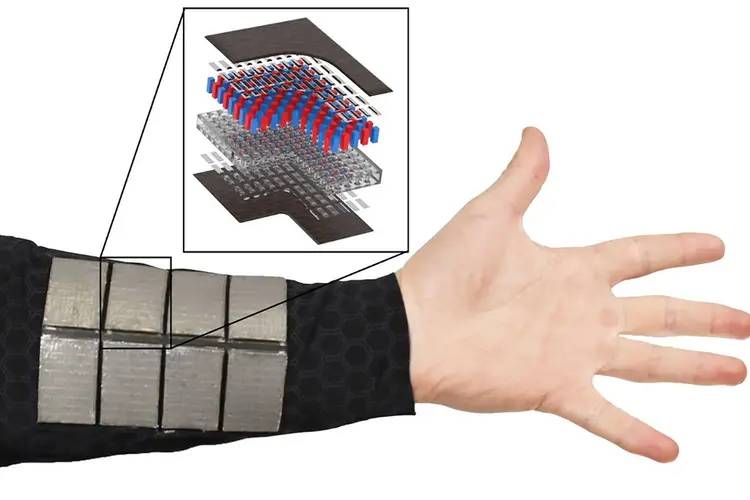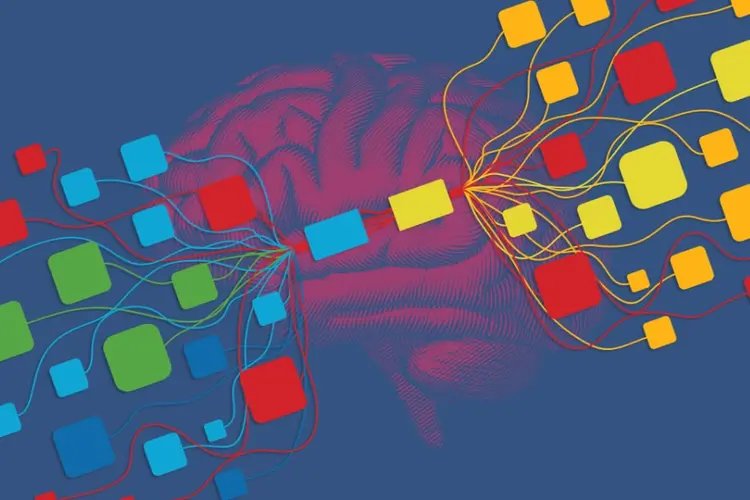
CMU and Pitt Collaborate on Neural Pathway Experiments
Media Inquiries
Neural network models that are able to make decisions or store memories have long captured scientists’ imaginations. In these models, a hallmark of the computation being performed by the network is the presence of stereotyped sequences of activity, akin to one-way paths. This idea was pioneered by John Hopfield, who was notably co-awarded the 2024 Nobel Prize in Physics(opens in new window), along with former Carnegie Mellon University faculty member Geoffrey E. Hinton. Whether one-way activity paths are used in the brain, however, has been unknown.
A collaborative team of researchers from Carnegie Mellon and the University of Pittsburgh designed a clever experiment to perform a causal test of this question using a brain-computer interface (BCI). Their findings provide empirical support of one-way activity paths in the brain and the computational principles long hypothesized by neural network models.
Stereotyped sequences of neural population activity, also known as neural dynamics, are believed to underlie numerous brain functions, including motor control, sensory perception, decision making, timing and memory, among others. The group focused on the brain’s motor system for their work, recently published in Nature Neuroscience(opens in new window), where neural population activity can be used to control a BCI.
“The brain is composed of networks of neurons that have connections between them,” explained Alan Degenhart, a former postdoctoral researcher at Pitt and CMU. “Previous studies have shown and theorized that the way these networks of neurons are connected can influence how their activity evolves over time. We hypothesized that if this was true, then it would be difficult for subjects to modify the sequences of their neural activity, if we challenged them to do so.”
During the research study, a BCI was used to challenge nonhuman subjects to violate the naturally occurring sequences of neural population activity observed in the motor cortex. This included a prompting to traverse a natural sequence of neural activity in a time-reversed manner (i.e., go in the wrong direction on a one-way path). Even when subjects were given visual feedback of how to violate the naturally occurring sequences, along with an incentive of a reward, they were not able to change the sequences of their neural activity. This outcome supports the view that stereotyped activity sequences arise from constraints imposed by the underlying neural circuitry.
Emily Oby, a former research professor at Pitt, believes computation through neural dynamics is having a renaissance right now. “There is a lot of synergy between neural network modeling and how we can use those models to better understand the brain. Our findings have relevance for the field of computational neuroscience, as well as BCIs, stroke recovery and how the brain learns.”
The value of understanding how the brain utilizes these stereotyped activity sequences is also beneficial for people with some type of injury or disorder where they could lose portions of the cerebral cortex. “If we have an understanding of how constrained this activity is, we may be able to positively impact patient care and recovery,” elaborated Erinn Grigsby, a former Ph.D. student at Pitt. “The idea is that we can maybe help them regain some motor control by using optimized learning that takes into account the constraints of neural activity sequences.”
Building on this research, the group is pursuing a related BCI-driven project to relate the stereotyped activity sequences more directly to physical movements, to better understand how active planning impacts eventual movement.
“Our study validates principles that researchers have brought out in neural network models for decades,” added Byron Yu(opens in new window), professor of biomedical engineering and electrical and computer engineering at CMU. “If the stereotyped activity sequences could change, that would presumably mean a new skill has been learned or a new computation is being performed. However, we found that the sequences of neural activity are obligatory on a one-to-two-hour timescale.”
Aaron Batista, professor of bioengineering at Pitt, emphasized the special collaboration that made this work possible. “We have computational neuroscientists helping out with experiments, and experimental neuroscientists designing and implementing algorithms,” highlighted Batista. “A team like ours that can bring together the state-of-the-art of two disciplines, that are usually separate, really makes it possible to do transformative work.”
The group’s work is ongoing and done in collaboration with the Center for Neural Basis of Cognition(opens in new window), a cross-university research and educational program between Carnegie Mellon and the University of Pittsburgh that leverages each institution’s strengths to investigate the cognitive and neural mechanisms that give rise to biological intelligence and behavior. The Nature Neuroscience paper was co-authored by postdoctoral fellow Asma Motiwala, and former Ph.D. students Nicole McClain and Patrick Marino. Emily Oby is now an assistant professor at Queen’s University. Alan Degenhart is a senior research scientist at Starfish Neuroscience.


